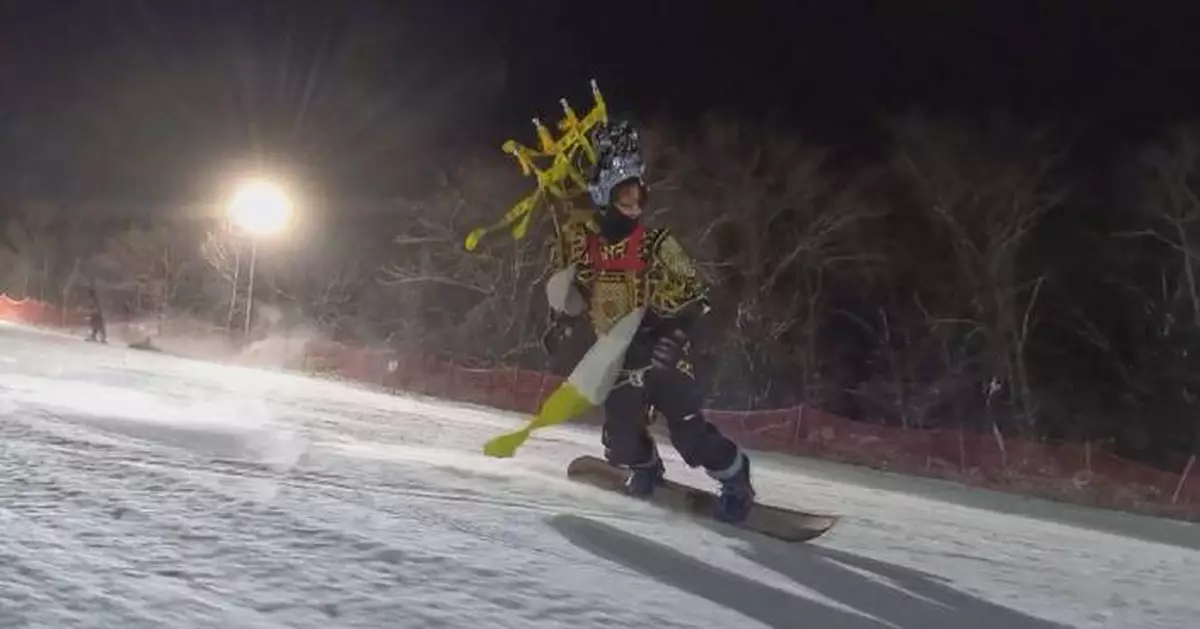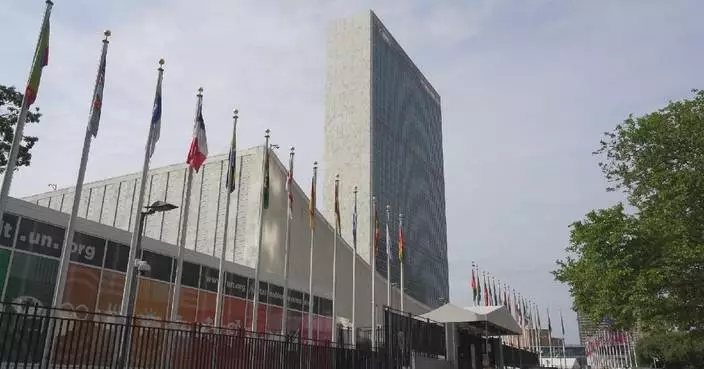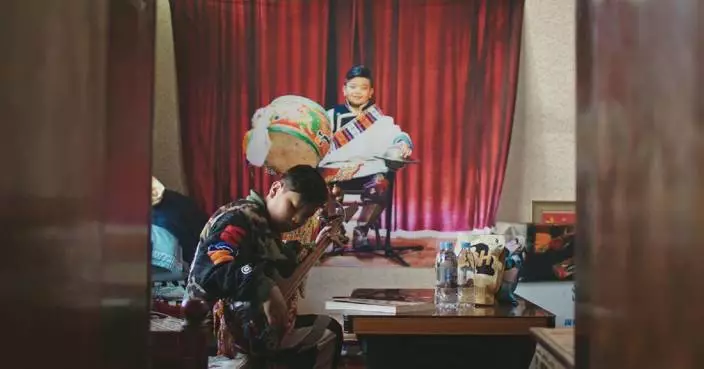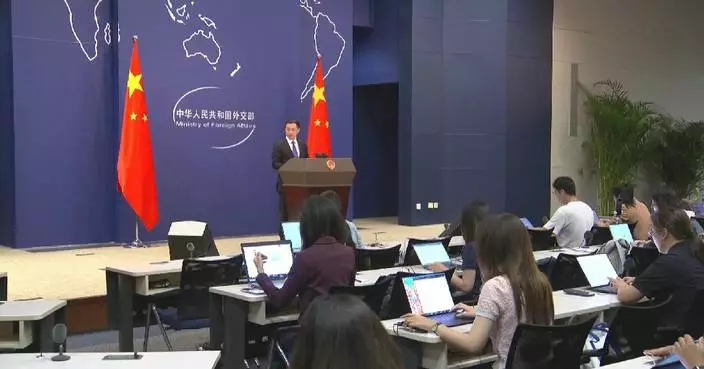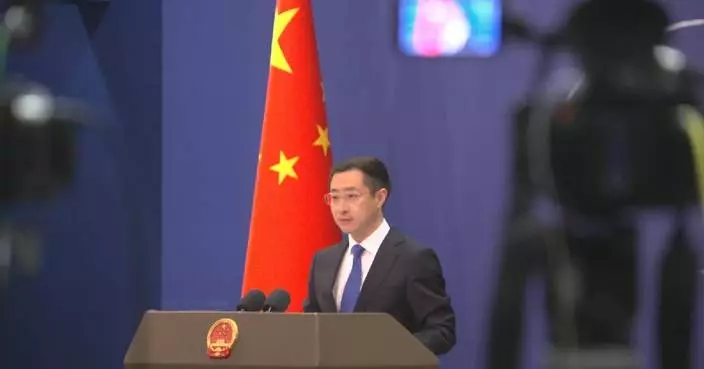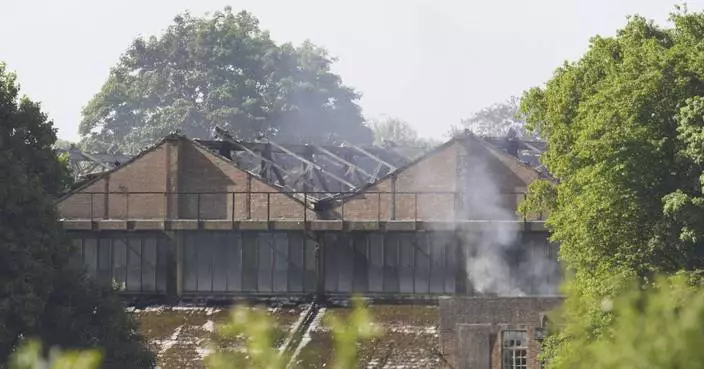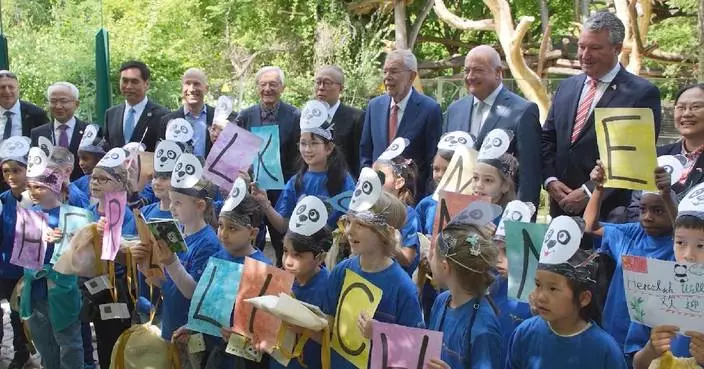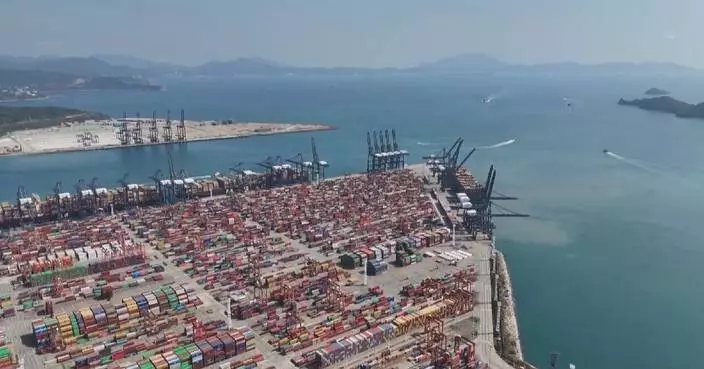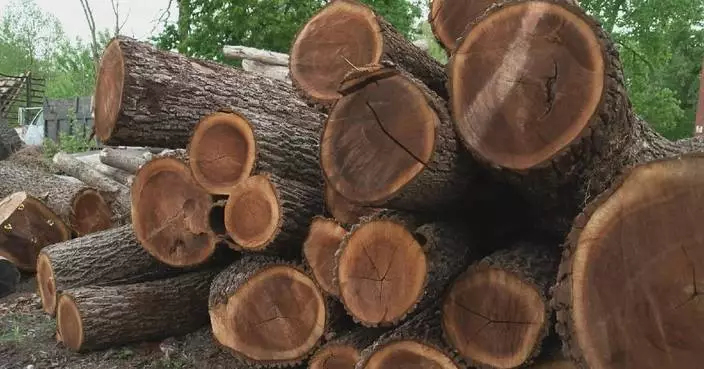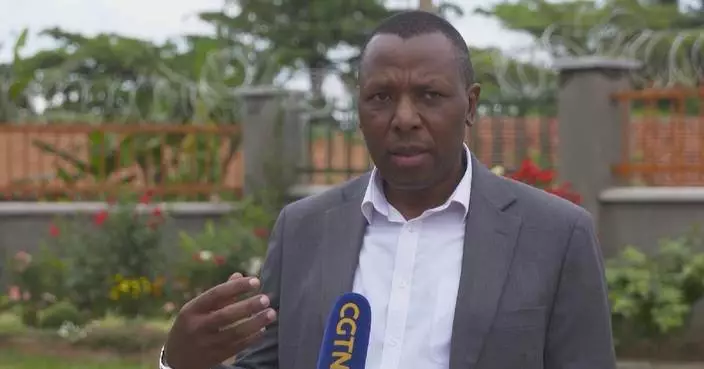Popular characters from traditional Chinese culture and history have been hitting the slopes at a ski resort in Jilin City, northeast China's Jilin Province, putting on a show of snow and fire that has captured national attention.
At the Vanke Songhua Lake Resort in the city, a ski club composed of amateurs and retired professional skiers has been staging unique night ski performances for the past few years. Most recently, the performers pull stunts on the snow while dressed in full costume, such as that of the Monkey King, a famous character from the celebrated Chinese classic, Journey to the West.
"We started filming our costumed ski performances in 2019. Later, many people suggested we make videos showing skiers dressed in traditional Chinese costumes. So, we began producing such videos," said Ding Ning, director of the ski club.
The group draws inspiration from works like Chinese classical literature, martial arts novels, and Beijing Opera for their costumes, sparing no attention to detail.
"The armor is completely made of metal and weighs nearly 30 kg. Each ski costume is tailored to match the specific height and weight of each performer," said Ding.
Since 2021, their videos have gained attention on short video platforms, with some performances even attracting coverage from foreign media.
"We want to introduce traditional Chinese culture to a broader audience through our costumed ski performances. In the future, we plan to incorporate other elements of intangible cultural heritage, such as fire pot shows, fire knife dances, and fire staff spinning into our performances on the ski slopes," said Ding.
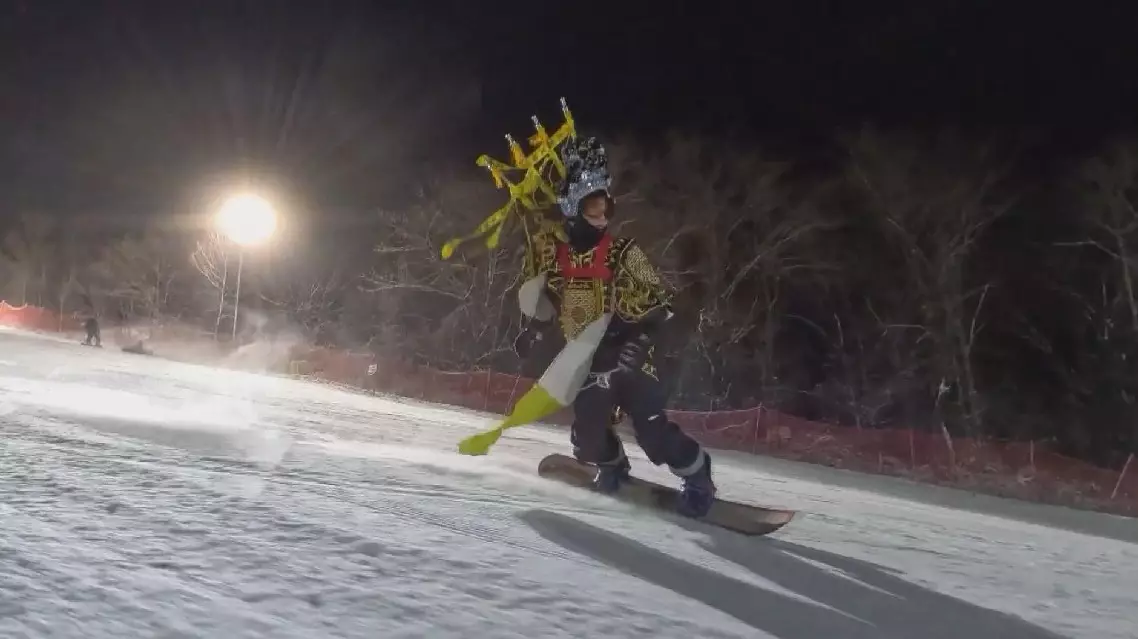
Chinese ski club brings classical culture to life in eye-catching performances
The China-CELAC (Community of Latin American and Caribbean States) Forum is expected to bring new vitality to the global development and human civilization, said Colombian President Gustavo Petro in Beijing.
Petro, who delivered a keynote speech at the opening ceremony of the fourth ministerial meeting of the China-CELAC Forum on Wednesday, told China Media Group (CMG) in an interview, while giving a special mention of the importance of the forum as a platform to reshape multilateralism.
"This Forum, held here in China, comes at a pivotal moment in history. And that's precisely what makes it so significant. It is taking place at a time when multilateralism is in urgent need of reshaping. There are some powers who believe they can rule the world through intimidation and shows of force. But with China and Latin American and Caribbean (LAC) countries standing together, we must make them understand: history is full of hard lessons. Those who once flexed their military might did not prevail. They may have enjoyed momentary success in the past, but this time, history will not repeat itself," he said.
This year marks the 10th anniversary of the China-CELAC Forum's operation.
Chinese President Xi Jinping stated in his speech delivered at the opening ceremony of the fourth ministerial meeting of the China-CELAC Forum that under the careful cultivation of both sides over the past 10 years, the China-CELAC Forum has grown from a tender sapling into a towering tree.
Petro hailed the relations between China and LAC countries over the past decade, saying that the cooperation is expected to energize the global development and human civilization.
"Yes, exactly, a tree. A strong and thriving tree, with deep and well-developed roots firmly anchored in the earth. There's no doubt that over the past ten years, trade in physical goods between China and LAC countries has grown substantially. China is involved in building the Bogota metro project. China is also constructing a port in Peru, and many other large-scale infrastructure projects are being advanced through Chinese investment and engineering expertise. When we link the cultural and civilizational threads of China and LAC countries, it's as if we are nurturing a living tree, one that grows tall toward the sky and promises to bring new vitality to the human civilization," he said.
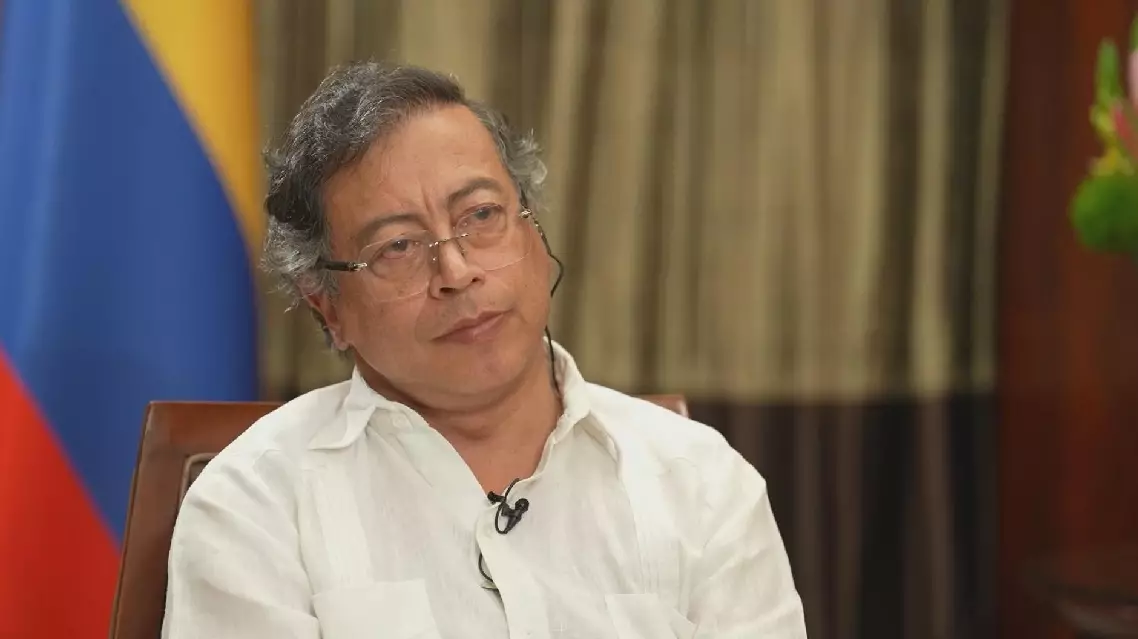
China-CELAC Forum brings new vitality to global development: Colombian president



